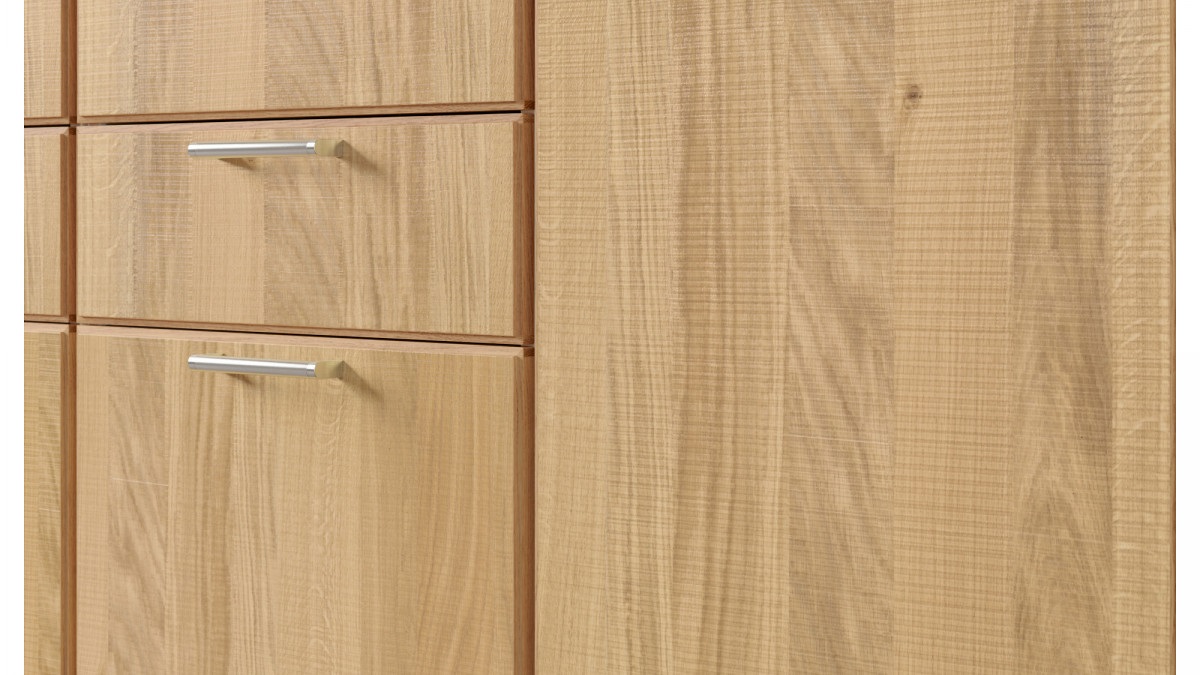The Truth About Veneers and Furniture

People tend to cringe when they hear that their furniture has veneers. The truth is that a wood veneer is a traditional and structurally significant aspect of furniture making that still comes into play in contemporary design. It has been a part of the process for over 200 years. In woodworking, a veneer is a very thin cut of wood applied to both sides of a strong surface to stabilize and seal it, which is incredibly vital when you’re constructing built-in furniture or anything with a mechanism. The reason for this is because solid wood expands and contracts as the temperature changes. Unfortunately, your home temperature is not controlled by your thermostat, no matter how strong your air conditioning unit is. For example, your dining table made of solid, as many are, can be made from solid wood, but a wood piece with moving parts cannot. Furniture such as cabinets, drawers, or anything built-in or paneled needs to have these thin sheets because a solid piece of wood is not structurally sound enough to fabricate millwork.
Veneers on cheaper furniture are usually not wood at all and, in most cases, a laminate material. This fake surface has been one of the contributors that gave these thin sheets of wood a bad reputation. Of course, even with the wood-alternative quality is dependent on the millworker. A quality woodworker will make veneers appear seamless and with perfect corners, which can be quite expensive, debunking that these thin wood sheets are cheap when it is quite the opposite.
Other than keeping a wood panel stable, wood veneers have various perks and purposes. They are considered an environmentally-conscious option because you are maximizing the entire log by cutting paper-thin sheets while the core is furniture grade substrate material. Although rare, there are cases in which it can be a cost-efficient alternative. When using a rare or endangered wood, it can be hard to get and very expensive. Veneers would help bring that cost down. Beyond millwork, veneers are used for other techniques like book-matched wood projects because you would never find wood planks with grains that would perfectly match. Other examples are labor-intensive inlay arts such as marquetry.
The next time you are on the lookout for new furniture or are looking to have some custom made try not to cringe when you hear the word veneers. You may be pleasantly surprised at how elegant, beautiful, and occasionally pricey your furniture will turn out to be.
ESI, Edgebanding Services, is the leading supplier of quality veneers edgebanding and wooden veneer sheets.








